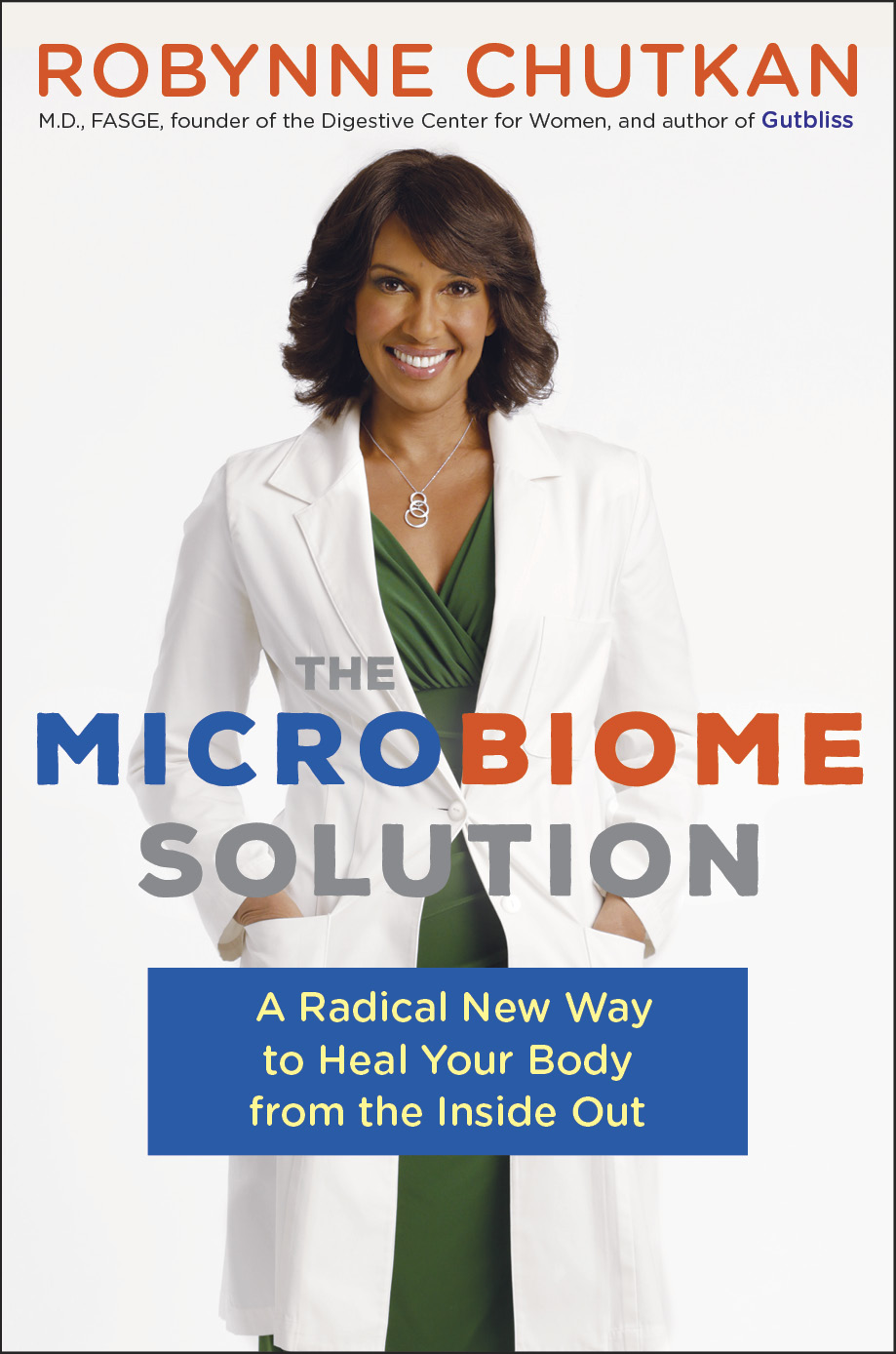When C-section born infants are given a cocktail of poo plus breast milk, their microbiomes look very similar to their vaginally-born counterparts. C-section-born infants have very different gut microbiomes than those born vaginally. Current research points to the hypothesis that these differences put C-section-born infants at a significantly higher risk for disease and less optimal overall health later in life. In a recent study, researchers orally administered small amounts of maternal fecal matter, mixed with breastmilk, to 7 C-section-born infants and found that their gut bacteria were transformed into a microbiome quite similar to those born vaginally. Cell

Takeaway: While vaginal seeding (swabbing the mother’s vagina and administering the swab to the infant’s mouth) has shown minimal results in colonizing the C-section born infant’s gut microbiome, this method of FMT proves much more effective in colonizing the gut with beneficial microbes.
This proof-of-concept study is the first of its kind and shows that reconstituting the C-section born infant’s gut microbiome is possible. More research is needed to establish postnatal oral FMT as an accepted practice in newborns, and researchers remind mothers that this practice should only be administered in a clinical setting after appropriate microbiological screening.







